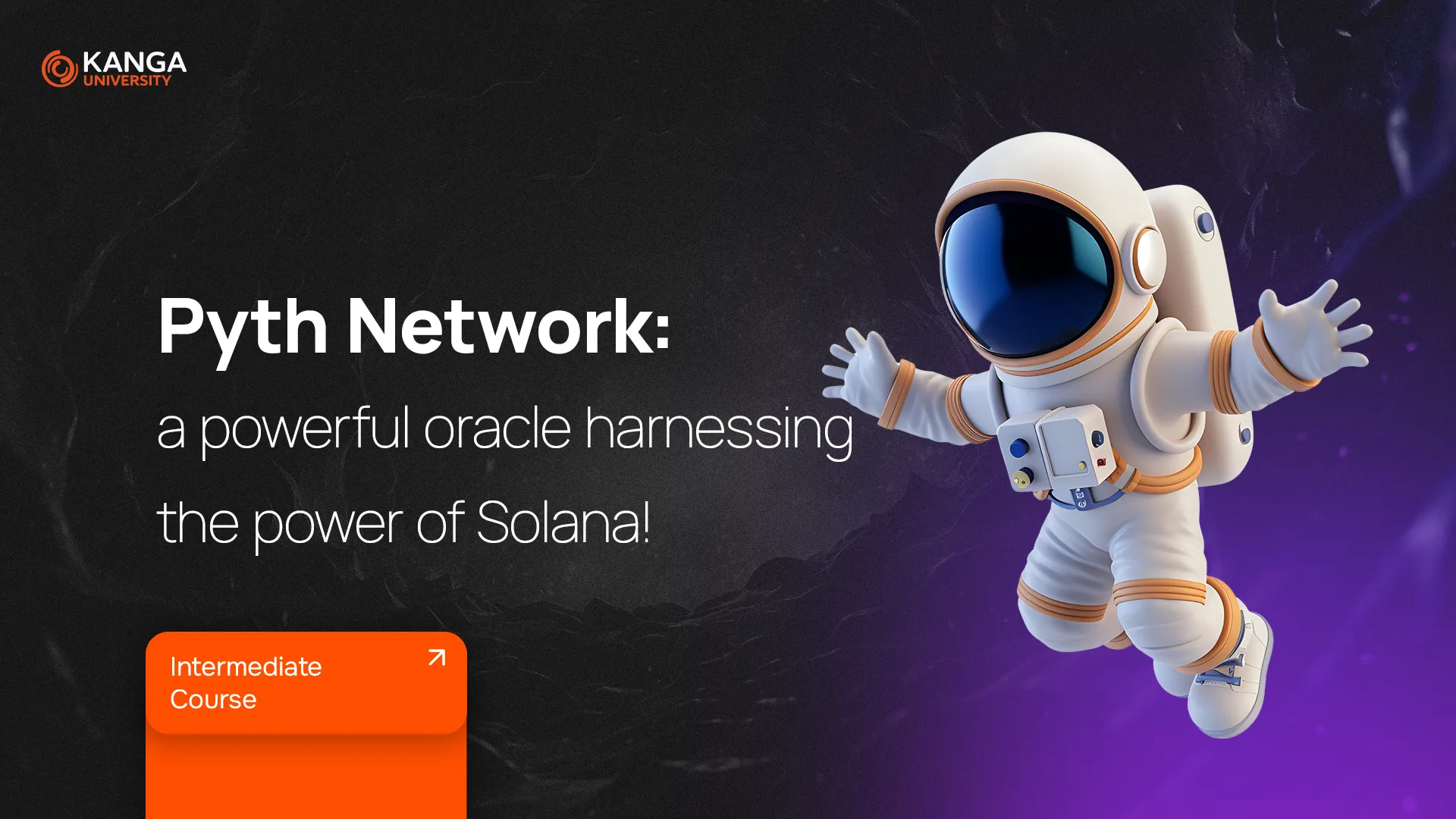
Blockchain is great at keeping records and running smart contracts — but there’s one major thing it can’t do on its own: access real-world information.
Yet real-world data is essential for many Web3 applications. Think: live stock prices, foreign exchange rates, weather forecasts, or commodity prices. To bridge this gap, blockchain needs a helper — and that’s where oracles come in.
Among the most advanced oracles out there is Pyth Network. Let’s explore what makes it so powerful and why it might be the backbone of tomorrow’s decentralized data infrastructure.
What Is a Blockchain Oracle?
Before diving into Pyth, let’s clarify the basics. A blockchain oracle is a tool that brings off-chain data (from the real world) into the blockchain, making it accessible for smart contracts. Without oracles, blockchain apps wouldn’t be able to respond to real-world events.
You can think of oracles as the “eyes and ears” of decentralized apps.
What Is Pyth Network?
Pyth Network is a next-gen oracle focused on delivering fast, high-quality financial market data to blockchains.
Originally built on Solana, Pyth has expanded through the Wormhole bridge, now supporting over 100 blockchains, including Ethereum, Arbitrum, Optimism, and BNB Chain.
Pyth provides real-time pricing data for:
-
Cryptocurrencies
-
U.S. stocks (like Apple or Tesla)
-
Forex pairs (e.g., USD/EUR)
-
Commodities (e.g., gold, oil)
What Makes Pyth Network Stand Out?
1. Direct Data from Trusted Sources
Unlike many oracles that rely on intermediaries, Pyth pulls data directly from over 120 contributors, including major exchanges and trading firms like Binance, Bybit, Jane Street, and CBOE.
2. Ultra-Fast Updates
Pyth updates prices roughly every 400 milliseconds thanks to Solana’s lightning-fast blockchain. That’s over 200,000 updates per day, ensuring that dApps always work with fresh, accurate data.
3. Confidence Intervals
Pyth goes beyond simple prices — it includes a confidence level with each data feed, indicating how reliable the number is. This is a unique layer of security for developers and users alike.
4. Low Cost & Open Source
Pyth is completely free for dApps to use. Costs are covered by data providers, and there are no middlemen. The protocol is also fully open-source, promoting transparency and collaboration.
How Pyth Network Works: The Architecture
The Pyth ecosystem revolves around three main participant groups:
1. Publishers
These are the data providers — trading firms, exchanges, and institutions that submit real-time pricing data. Their rewards depend on data quality and the number of PYTH tokens staked on their feeds.
2. Delegators
PYTH token holders can delegate their tokens to support specific data feeds. The more tokens staked on a feed, the more trustworthy and rewarded it becomes.
3. Consumers
These are the apps that use Pyth’s data, such as Mango Markets, Solend, Drift Protocol, and Friktion. They pay small fees to access and use real-time market data.
What Is the PYTH Token Used For?
The PYTH token plays several roles:
-
Delegation and staking for data credibility
-
Governance and decision-making in the protocol
-
Incentives for data publishers
As of March 2025, the PYTH token is live and actively traded. Its price hovers around $0.13, and it’s available on major crypto exchanges.
What’s Next for Pyth?
Pyth Network continues to innovate. Some key developments include:
-
Pyth Lazer – a new low-latency oracle service
-
Expansion to more blockchains and use cases
-
Broader financial data coverage
-
Deeper integration with institutional players, including newcomers like Revolut
Summary
Pyth Network is not just another oracle. It’s a powerful real-time data infrastructure that’s reshaping how blockchains access and use external information.
With instant updates, first-party data, open architecture, and real-world integration, Pyth is quickly becoming a vital layer in the DeFi and Web3 stack.
If you’re learning about blockchain, keep an eye on Pyth — it’s where the decentralized future gets connected to the real world.